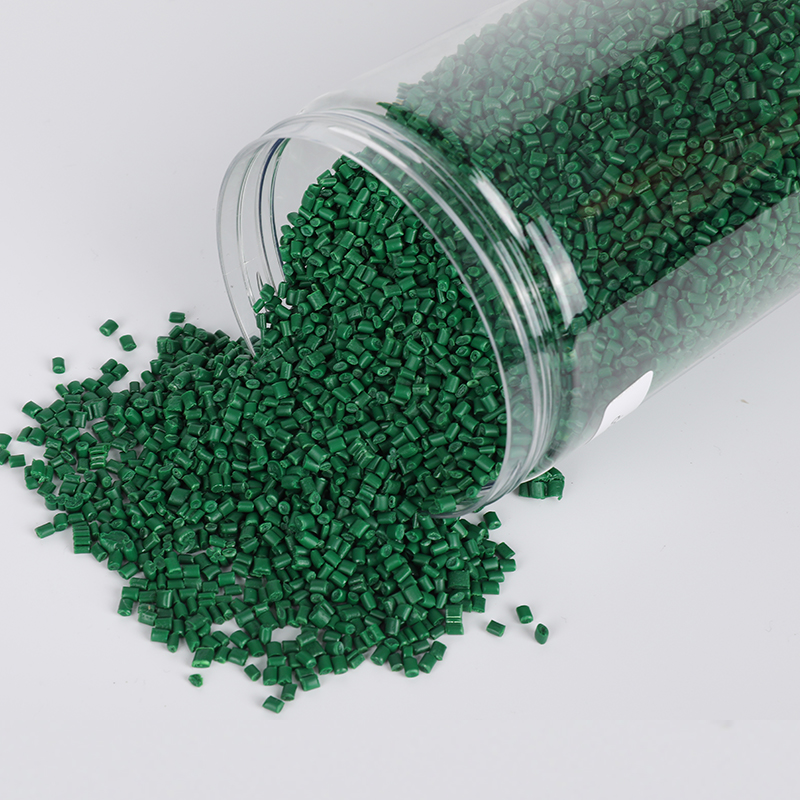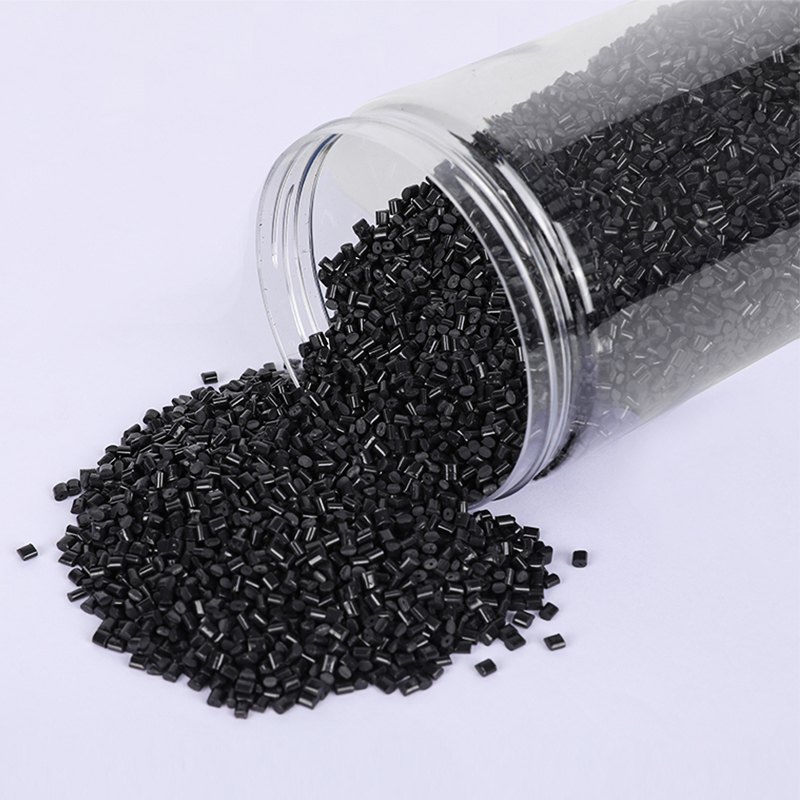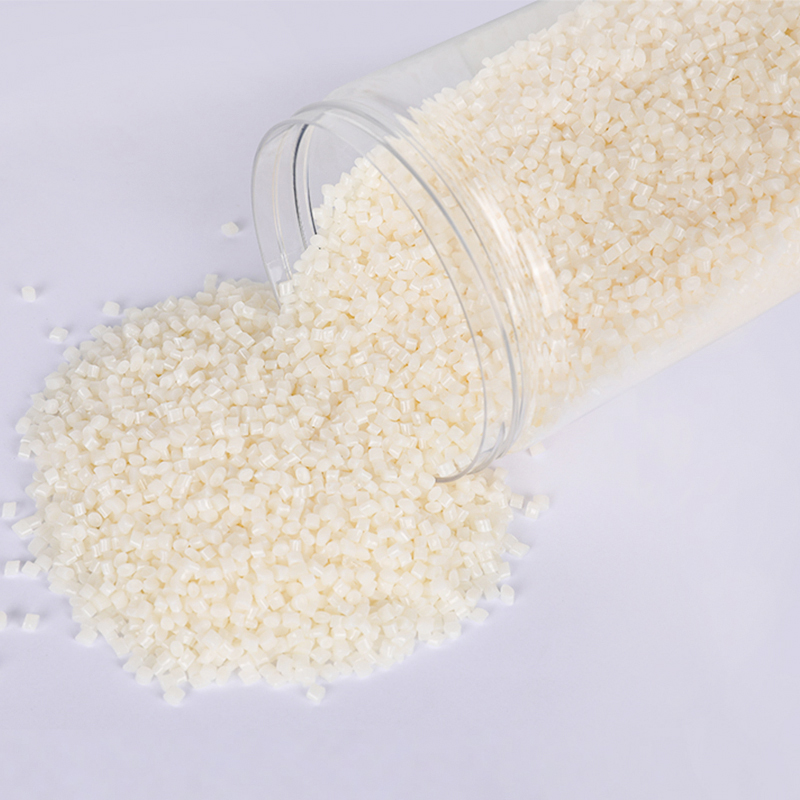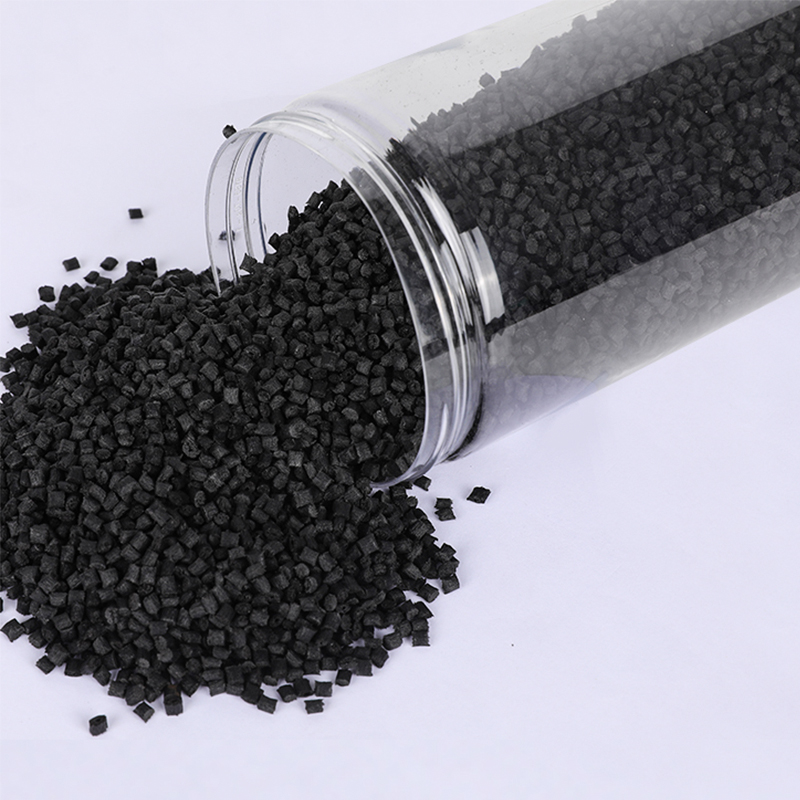Stay up to date with our recent products
Web Menu
Product Search
Exit Menu
Unlocking the Potential of Recycled Polypropylene
Recycled polypropylene plastic (RPP) has become a cornerstone of sustainable manufacturing, offering industries a durable, versatile, and eco-friendly alternative to virgin polypropylene. The journey from discarded products to high-quality RPP involves a melting and reforming process that is critical to its transformation. However, this process inevitably affects the molecular structure and performance of the material, raising important considerations for its practical use across various applications.
When polypropylene is recycled, it undergoes a series of steps beginning with collection, cleaning, and sorting. These steps prepare the plastic for melting—a process where the material is heated to its softening point and reformed into pellets or other shapes. While straightforward in concept, this phase can lead to changes in the polymer chains. During the melting process, the long molecular chains that define polypropylene's strength and flexibility may break down under the influence of heat and shear forces. This degradation can slightly reduce its tensile strength, impact resistance, and elasticity, particularly if the material is repeatedly recycled. As a result, RPP may have slightly different mechanical properties compared to its virgin counterpart.

Despite these challenges, advancements in recycling technologies have helped mitigate these effects. Additives such as stabilizers and compatibilizers are often introduced during the melting phase to enhance the material's performance and compensate for molecular breakdown. For instance, antioxidants can reduce the oxidative degradation that occurs during heating, preserving more of the polymer's original properties. These innovations ensure that RPP retains enough strength and durability to be used in demanding applications, from automotive components to packaging solutions. Moreover, the precise control of temperatures and processing conditions during the melting phase minimizes unnecessary degradation, allowing for more consistent quality in the final product.
RPP's slightly altered molecular structure does not diminish its value—it transforms it into a practical and versatile material for specific uses. Applications with less stringent mechanical requirements, such as textiles, household goods, and non-food packaging, are well-suited for recycled polypropylene. However, even industries requiring high-performance materials, such as automotive manufacturing, have embraced RPP by blending it with virgin polypropylene or incorporating advanced additives. This adaptability showcases how understanding and managing the impacts of the recycling process can open up a wide array of possibilities.
By addressing the challenges of the melting and reforming process, Recycled polypropylene plastic has proven itself as more than just a sustainable alternative—it is a viable and valuable material that reduces environmental impact without compromising quality. As industries continue to innovate, the future of RPP looks brighter than ever, with improved recycling methods and expanded applications leading the charge toward a more sustainable, circular economy.
As China PCR Recycled Plastic Granules Factory, We always adhere to the experience and philosophy of "keeping up with the times, constantly innovating, developing efficiently, and cooperating for mutual benefit"

Address: No.11, Wangzhuang Section, Provincial Road 01, Daqiao New Area, Economic Development Zone, Haiyan County, Jiaxing City, Zhejiang Province, China
Phone: +86-18058285678
Fax: +86-0573-86868101
E-mail: [email protected]
SUNRISE GROUP(Overseas Exclusive Agent)
www.sunrisechemical.com
2024 ICIS Global Chemical Distributor Top 8
Export Sales Manager:Helen Zhang
Mob/Whatsapp: +86 19883063465
Email: [email protected]
Copyright © Jiaxing Anyiju Plastic Industry Co., Ltd. All Rights Reserved

 简体中文
简体中文 English
English







